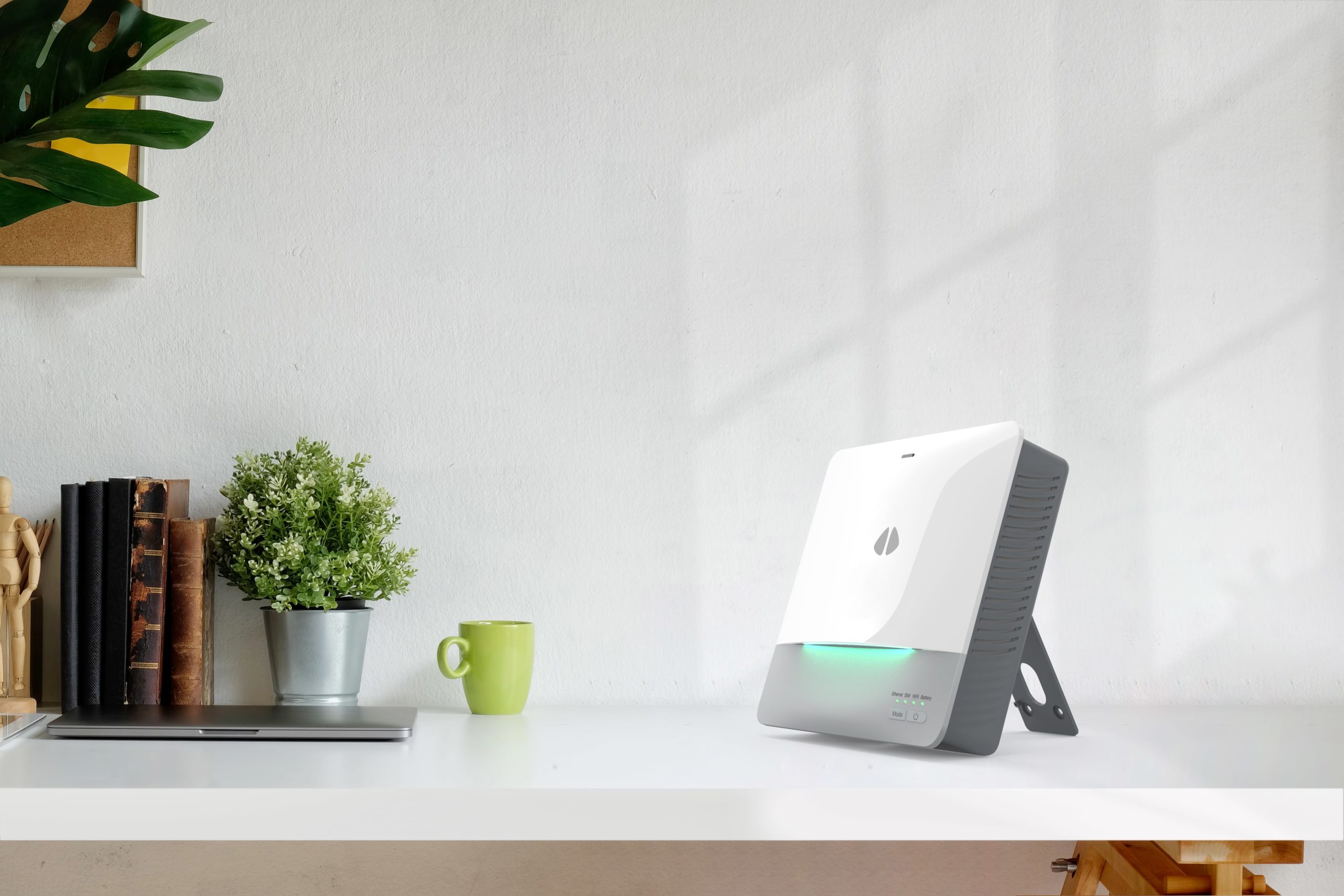Indoor air quality has become a primary concern for businesses as of late, giving rise to indoor air quality monitoring devices that can provide readings on factors such as temperature, humidity and carbon dioxide as the bare minimum. The need for better awareness and understanding of the air we’re breathing propelled the demand for such tools. In fact, the market for these devices has grown exponentially with the pandemic and while there is a race to build better solutions, there is also a booming segment focused on offering cheaply priced, low quality monitors.
At a time when building and business owners are struggling to bring employees, tenants and customers back, an indoor air quality monitor marketed to solve air quality issues at a fraction of the price seems like a tempting offer. This is what most manufacturers of cheap air quality monitors are taking advantage of. But as the old adage goes “you get what you pay for.”
Low Cost Monitors Are Not Good Enough: What To Consider Before Buying Cheap
Indoor air quality monitors measure various air quality factors such as gases, particulate matter and other pollutants. Because poor indoor air quality leads to a number of health problems, it is essential to have a good understanding of the air in your building and facilities so that you can ensure the safety of your employees, customers and occupants. The problem with low cost air quality sensors is that they generally tend to be inaccurate so you can’t trust the data that you’re getting. Because they are manufactured cheaply, they are not equipped with the technology needed to provide precise and consistent measurements. Faulty air quality readings lead you to make poor decisions about air quality management which would cause more serious problems for your business.
The best indoor air quality monitors are priced in accordance with the value they bring because they are built with these important considerations:
-
- Sufficient measurements. Because you can only manage what you can measure, being able to pick up and monitor all the important things in your air quality is critical to establishing an environment that is safe and healthy. The best indoor air quality monitor is one that is fitted with the adequate number of sensors to measure all the needs of your building or facility. In essence, looking at building standards across the world, there are at least 10 parameters that need to be measured – temperature, humidity, carbon dioxide, VOCs, formaldehyde, particulate matter in varying sizes (PM10, PM2.5 and PM1), carbon monoxide and ozone.
- Accuracy and calibration. The level of accuracy is determined by the calibration done at the manufacturing stage. High quality indoor air quality monitors go through rigorous and careful calibration and testing processes to ensure high-performing sensors that can provide reliable and accurate readings at all times.
- Drift and long-term reliability. All sensors naturally drift over time. Low priced monitors drift faster because of inferior quality; they usually need to be replaced after 6 to 12 months of use because the sensors have already drifted too much and are giving unreliable data. The best indoor air quality monitoring device comes with higher quality sensors and auto-calibration technology built on the hardware and on the software. Some even have machine learning and artificial intelligence technology that reduce or control sensor drift to ensure long-term performance and reliability.
- Regular firmware updates. To ensure optimal performance, reduce the need for hardware repairs and fixes, prevent untimely replacements, and introduce new functionalities, manufacturers of high quality indoor air quality monitors make continuous improvements on the firmware which are provided to the users seamlessly. These updates are automatically downloaded by the devices when it is available. You do not need to do anything to get the updates. Cheap monitors do not come with this feature which is why they need to be replaced after a few months.
- Ease of deployment and integration. The best indoor air quality monitoring device is one that you can easily get up and running without costly and laborious retrofitting and installation. It is also able to effortlessly integrate with existing building systems and provide multiple options for connectivity.
- Maintenance and support. Manufacturers of high quality monitoring devices provide support to resolve hardware and software issues and ensure high quality user experience. Most cheap monitors do not come with warranties or after-sales support so you are pretty much left to your own devices.
Indoor air quality monitoring is your first line of defense against the harmful effects of air pollution. It is the first step to ensuring health, safety, and well-being because it addresses specific problem sources, enables you to make the right decisions, and inspire practical solutions. Companies who use high quality monitors understand this and are able to show and prove the value and benefits of proper monitoring. Price should not be the main consideration when it comes to choosing the right tool for understanding air quality but rather the benefits that you gain from creating a healthy building and workplace.

